Poland
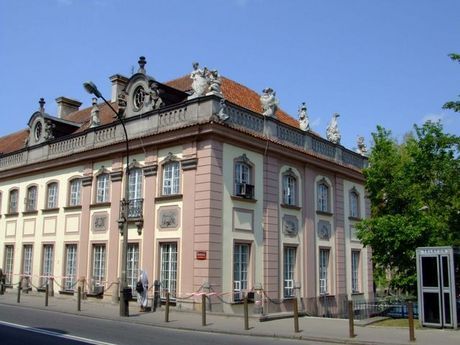
Potocki Palace (Polish: Pałac Potockich), is a large baroque palace in Warsaw located at Krakowskie Przedmieście Street 15, directly opposite the Presidential Palace. It was originally built for Denhoff family and succeeded by Potocki family in the end of 18th century.
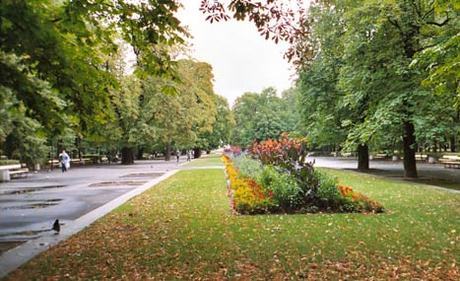
The Solidarity Avenue vicinity is the Warsaw's commercial and cultural center. If you are looking for peaceful walks, artists performing outdoors and narrow quaint streets the Old Town or New Town would be a better bet. However the vicinity of Solidarity Avenue can show you the tremendous growth and changes that Warsaw is undergoing after it got rid of communist system. It is not uncommon to see new buildings being erected, cranes moving and lots of people rushing. New modern buildings contrast with old ones built during communist times.
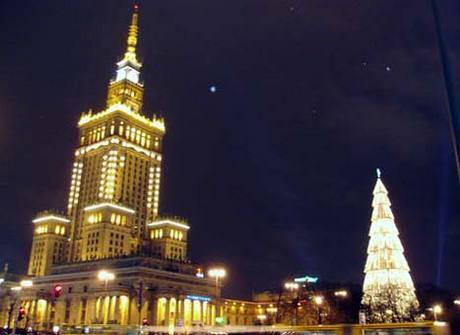
For many travellers, the area around Marshal Street will provide the first taste of this venerable city. This is where the main train station is situated, and the commercial district of Warsaw fans out between here and Solidarity Avenue to the north.

Praga is a historical borough of Warsaw, the capital of Poland. It is located on the east bank of the river Vistula. First mentioned in 1432, until 1791 it formed a separate town with its own city charter.
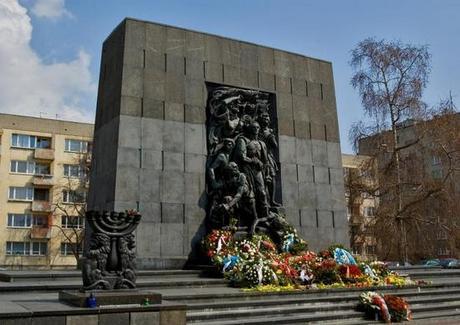
Currently few jews live in Warsaw but the traces of original community still remain in the district. There are many monuments and memorials in that district as well as the Jewish Historic Museum on Gen. Andersa Street, the Jewish National Theatre and Nozyk Synagogue on Grzybowska Street. Worth seeing is Pawiak Prison on Jana Pawla II Street, UmschlagPlatz on Dzika Street, Jewish Cemetary on Okopowa Street and Path of Rememberance on Lewartowskiego Street. There were no death camps in Warsaw.
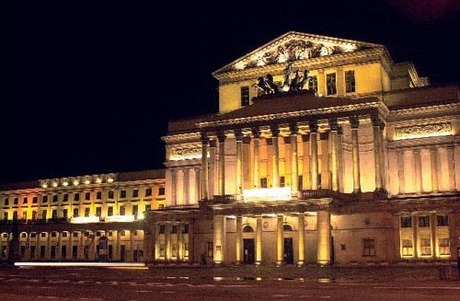
The Grand Theatre in Warsaw is a theatre complex and opera company located on historic Theatre Square in Warsaw, Poland. The theatre was inaugurated on February 24, 1833, with a production of Rossini's The Barber of Seville. After the building's bombing and near-complete destruction in World War II, the theatre was rebuilt, and the building reopened on November 19, 1965, after having been closed for over twenty years.
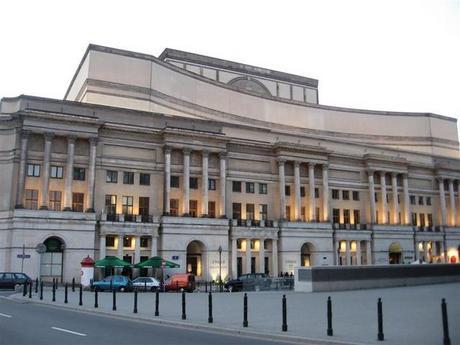
If you don't speak Polish, this doesn't necessarily mean that a trip to the theatre is a waste of time. For one thing, some of the most intriguing theatre these days is performed without the use of those excessive 'word' things. Poland has a reputation for weird and wonderful avant-garde theatre and there's always something unusual on.
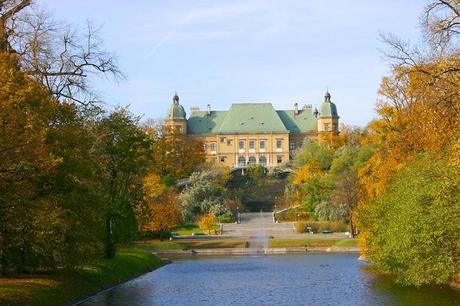
The Brühl Palace (Polish: Pałac Brühla), otherwise known as Sandomierski Palace standing at Piłsudski Square. It was a large palace and one of the most beautiful rococo buildings in pre-World War II Warsaw. The palace was built between 1639-42 by Lorenzo de Sent for Crown Grand Chancellor Jerzy Ossoliński in Mannerist style. It was built on the plan of elongated rectangular with two hexagonal towers at garden side of the building. The palace was adorned with sculptures - allegory of Poland above the main portal, four figures of kings of Poland in the niches and a statue of Minerva crowning the roof.
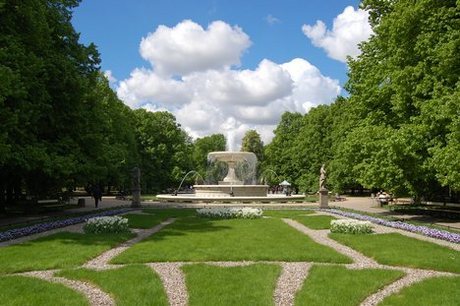
The Saxon Axis (Polish: Oś Saska) is a feature of the historical city centre of the city of Warsaw. It is a line running from the Vistula through the Presidential Palace, the Krakowskie Przedmieście, Saxon Square, Saxon Palace, Saxon Garden, Lubomirski Palace to Plac Żelaznej Bramy.
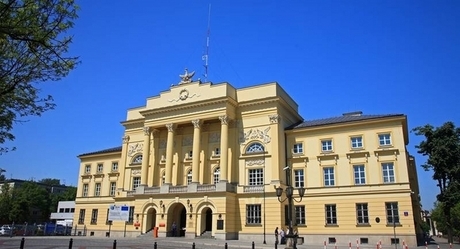
Jabłonowski Palace (Polish: Pałac Jabłonowskich) is a historical palace at the Theatre Square in the Śródmieście district of Warsaw, Poland. Before World War II it served as the city hall of Warsaw.
 1 2 3 45 6 7 8 9 10
1 2 3 45 6 7 8 9 10 
